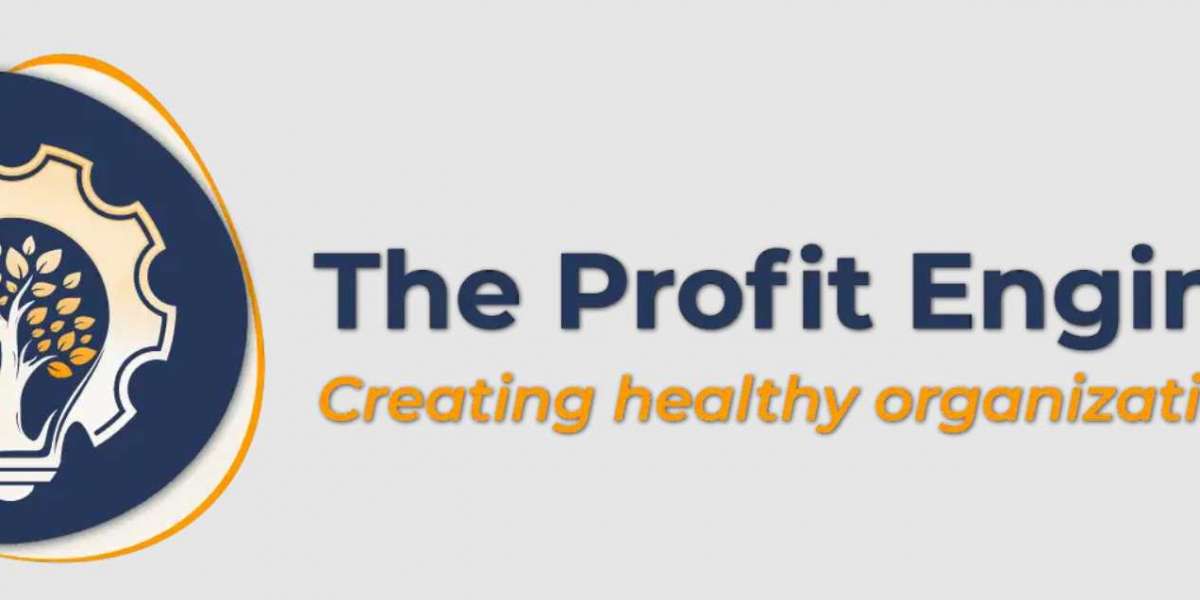Cost reduction is a critical strategy for businesses aiming to improve profitability, streamline operations, and ensure long-term sustainability. In today's competitive environment, companies across all industries continuously seek ways to lower their costs while maintaining or enhancing the quality of their products and services.
This article explores the concept of cost reduction, common strategies businesses use to cut costs, and the benefits of implementing these approaches effectively.
What is Cost Reduction?
Cost reduction refers to the process of identifying and eliminating unnecessary expenses within an organization to improve overall efficiency. It involves analyzing all aspects of business operations—from production to supply chain management—and finding ways to reduce expenditures without compromising the quality or value offered to customers.
While cutting costs is essential, it’s equally important to avoid diminishing the company’s ability to grow, innovate, or deliver a positive customer experience. Effective cost reduction focuses on eliminating waste and optimizing processes.
Common Cost Reduction Strategies
Process Optimization
- Streamlining internal processes and eliminating inefficiencies can significantly reduce operational costs. By analyzing workflow and identifying bottlenecks, companies can enhance productivity while minimizing waste. For example, using automation tools to handle repetitive tasks can lower labor costs and improve output.
Supplier Negotiation and Management
- Renegotiating contracts with suppliers or finding alternative vendors can lead to better pricing and reduced costs for materials or services. Establishing long-term relationships with suppliers also helps to secure favorable deals and consistent quality at lower rates.
Outsourcing and Offshoring
- Outsourcing non-core functions, such as customer service or IT support, to specialized third-party providers can help reduce labor costs. Offshoring, or relocating certain business operations to countries with lower labor costs, is another way companies manage expenses while maintaining service levels.
Energy Efficiency
- Reducing energy consumption through energy-efficient technologies and practices can lower utility bills and contribute to cost savings. Implementing energy-saving measures like LED lighting, optimized HVAC systems, and renewable energy sources is a long-term cost-cutting strategy with environmental benefits.
Inventory Management
- Holding too much inventory ties up cash and increases storage costs, while insufficient inventory can disrupt production and lead to missed sales. Implementing just-in-time inventory systems or leveraging inventory management software can help businesses maintain optimal stock levels, reducing carrying costs.
Telecommuting and Remote Work
- Allowing employees to work remotely can reduce overhead costs related to office space, utilities, and equipment. With the rise of digital collaboration tools, many companies are adopting flexible work arrangements that lower operational expenses without sacrificing productivity.
Lean Manufacturing and Lean Operations
- Lean methodologies focus on eliminating waste (anything that does not add value to the customer) and maximizing resource efficiency. By adopting lean practices, such as continuous improvement and value stream mapping, businesses can improve process efficiency, reduce waste, and lower production costs.
Technology Investments
- While adopting new technology may require upfront costs, it can lead to long-term savings. Tools such as cloud computing, automation software, and advanced analytics can help businesses optimize operations, reduce manual errors, and improve decision-making—leading to significant cost reductions.
Employee Training and Development
- Investing in employee training ensures that staff members are equipped with the skills needed to perform tasks efficiently. Well-trained employees are more productive, make fewer errors, and require less supervision, leading to cost savings over time.
Benefits of Cost Reduction
Increased Profit Margins
- By reducing operational costs, businesses can improve their profit margins without necessarily increasing prices. This allows them to stay competitive while maintaining or improving profitability.
Improved Cash Flow
- Cost reduction strategies can free up cash that can be reinvested into the business, used to pay off debts, or saved for future growth opportunities.
Enhanced Competitiveness
- Companies that successfully manage to reduce costs can offer their products or services at lower prices, attracting more customers and gaining a competitive edge in the market.
Sustainability and Growth
- Cost reduction allows businesses to maintain sustainability, especially during economic downturns or challenging market conditions. Lower costs give companies the flexibility to adapt, invest in innovation, or expand operations without overextending resources.
Operational Efficiency
- Implementing cost reduction strategies often leads to more efficient operations, resulting in faster delivery times, higher quality output, and better customer service. This efficiency contributes to improved overall business performance.
Challenges of Cost Reduction
While cost reduction offers numerous benefits, it’s essential to approach it carefully. Some common challenges include:
- Maintaining Quality: Cutting costs in areas that directly affect product or service quality can lead to customer dissatisfaction and loss of business.
- Employee Morale: Implementing cost-cutting measures, such as layoffs or reduced benefits, can negatively impact employee morale and productivity.
- Short-Term Focus: Focusing solely on short-term cost reductions without considering long-term consequences can lead to operational issues down the line.
Conclusion
Cost reduction is a vital strategy for businesses aiming to stay competitive and maximize profitability. By implementing well-thought-out cost-saving measures, companies can optimize their operations, reduce waste, and increase their financial resilience. The key to successful cost reduction is balancing efficiency with quality and ensuring that the measures taken contribute to long-term business growth and sustainability.




